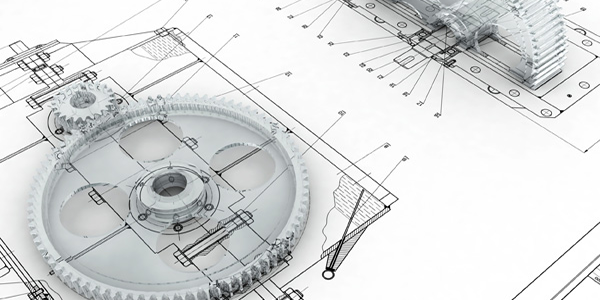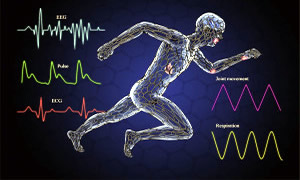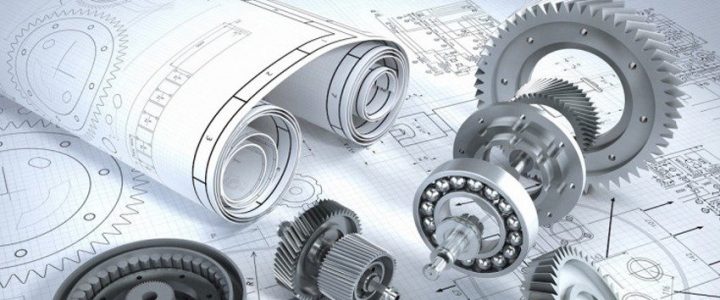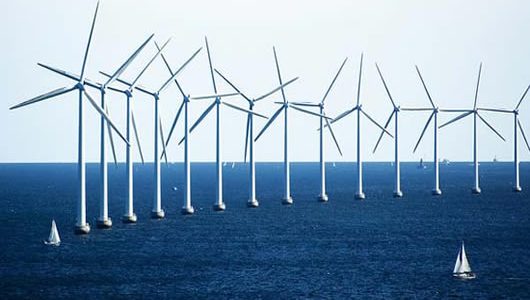| 3 YEAR | 1 semester | 9 CREDITS |
| 2022-23 | |
| CECCARELLI MARCO |
since 2023-24 2024-25 lesson starts on 27 of September 2024 |
| Code: 8037957 (ex KDM) Code: 8039957 (FMS) SSD: ING-IND/13 |
OBJECTIVES
LEARNING OUTCOMES: The course aims to teach students the knowledge and tools that are needed to address the issues that are related to the identification, modeling, analysis, design of multi-body planar systems, and in particular some transmission organs in English language and terminology
KNOWLEDGE AND UNDERSTANDING: modeling and procedures to recognize the structure and characteristics of mechanisms and machines
APPLYING KNOWLEDGE AND UNDERSTANDING: acquisition of analysis procedures for the understanding of kinematic and dynamic characteristics of mechanisms and machines
MAKING JUDGEMENTS: possibility of judging the functionality of mechanisms and machines with their own qualitative and quantitative assessments
COMMUNICATION SKILLS: learning of technical terminology and procedures for presenting the performance of mechanisms
LEARNING SKILLS: learning of technical terminology and procedures for the presentation of the performance of mechanisms
COURSE SYLLABUS
- Structure and classification of planar mechanical systems, kinematic modeling, mobility analysis, graphical approaches of kinematics analysis, kinematic analysis with computer-oriented algorithms, fundamentals of mechanism synthesis, trajectory generation; dynamics and statics modeling, graphical approaches of dynamics analysis, dynamic analysis with computer-oriented algorithms, performance evaluation; elements of mechanical transmissions with gears, belts, brakes, and flywheels.

 UNIVERSITA' DEGLI STUDI ROMA "TOR VERGATA"
UNIVERSITA' DEGLI STUDI ROMA "TOR VERGATA"



